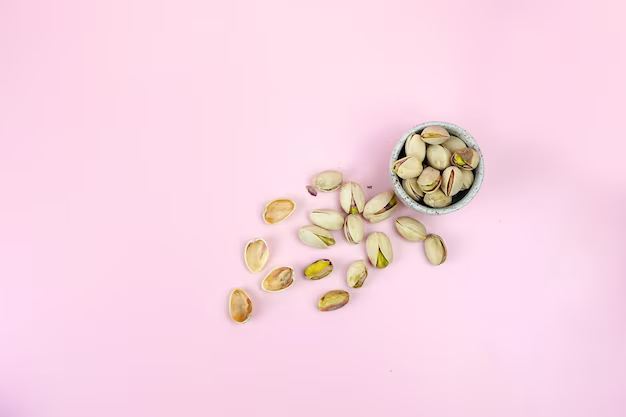Are Pistachios a Healthy Choice for Diabetics? Here's the Scoop
For anyone managing diabetes, diet often plays a critical role in maintaining stable blood sugar levels. Navigating what is and isn't safe to eat can be daunting, especially when it comes to snacks. Pistachios, often lauded for their delicious taste and vibrant color, present an interesting option. But are pistachios good for diabetics?
The Nutritional Benefits of Pistachios
Pistachios pack a punch when it comes to nutritional benefits. They are an excellent source of protein, healthy fats, fiber, and a host of essential nutrients, including magnesium, vitamin B6, and potassium. These elements alone make pistachios a worthwhile addition to any diet, but they have unique advantages for diabetics as well.
Why Pistachios Are a Smart Snack
Blood Sugar Control: The fiber and healthy fats present in pistachios slow down the rate of sugar absorption into the bloodstream. This helps maintain steady blood sugar levels rather than causing sharp spikes.
Heart Health: Diabetics often face an increased risk of cardiovascular issues. Pistachios are rich in antioxidants and monounsaturated fatty acids, which are beneficial for heart health.
Weight Management: Being mindful of weight is crucial for diabetes management. Pistachios, with their high protein and fiber content, can promote a feeling of fullness, prevent overeating, and thus aid in controlling weight.
But how many pistachios should a diabetic eat? Moderation is key—like with any nut, the calorie content is high. A handful (about 28 grams) a day can provide these benefits without adding excessive calories.
Exploring Financial Assistance for Diabetes Management
While healthy eating is essential, managing diabetes can also be financially taxing, involving costs that range from medications to diagnosis and ongoing care. Education and financial resources can ease this burden significantly.
Government Aid Programs: Federal and state assistance programs, such as Medicaid and Medicare, offer coverage that includes diabetic care and essential supplies. Check eligibility criteria for potential aid.
Financial Assistance from NGOs: Many non-profit organizations offer direct assistance to diabetics through programs that provide supplies and services at reduced or no cost.
Health Savings Accounts (HSAs): If you have a high-deductible health plan, consider contributing to an HSA. It's a tax-advantaged way to save money specifically for medical expenses.
Discount Programs and Coupons: Pharmaceutical companies often offer discount cards or coupons for diabetes medications and supplies. It’s worth researching various options to reduce prescriptions costs.
Educational Grants: Some organizations provide educational grants for individuals, including those aiming to further their education while managing a chronic illness like diabetes. These grants can help offset schooling and medical costs.
When combined strategically, these resources can significantly alleviate the financial aspect of diabetes management, just like integrating pistachios into a balanced diet bolsters nutritional well-being. By leveraging all available support systems, tackling diabetes head-on becomes not only manageable but also empowering for those who live with it every day.
Helpful Resources and Programs 🗂️
- 💳 Medicaid and Medicare: Comprehensive coverage for eligible patients
- 🩺 HSAs: Tax-advantaged health savings for medical expenses
- 📈 Pharmaceutical Discounts: Save on medications with company programs
- 📚 Educational Grants: Financial aid for schooling while managing diabetes
- ❤️ Non-Profit Assistance: Free or reduced healthcare services for diabetics
Taking charge of your health is a journey as multifaceted as these nuts themselves. So yes, pistachios are not just good for diabetics—they can be an excellent part of a holistic and supportive approach to diabetes management.
